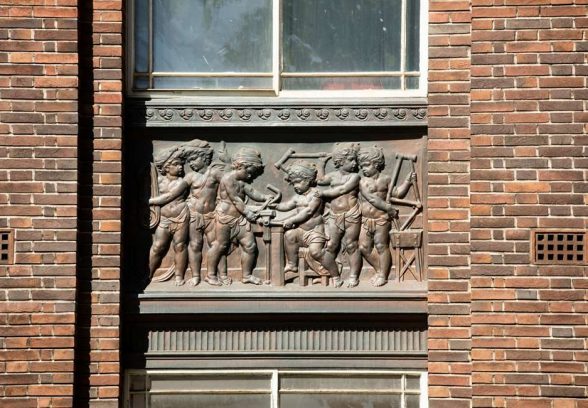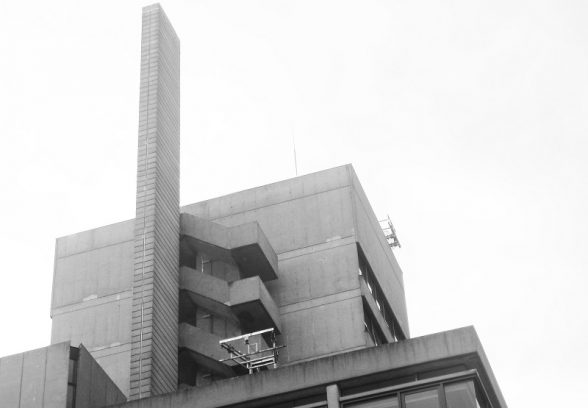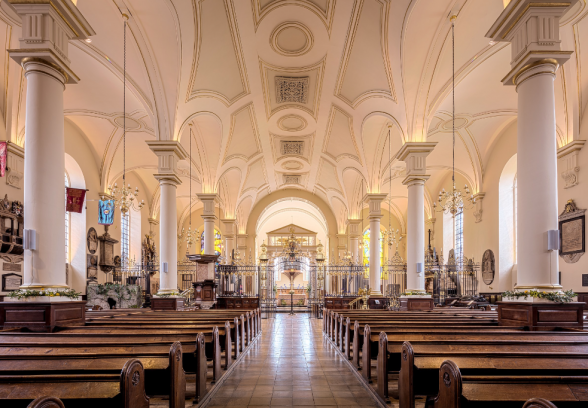This website uses cookies
This website uses cookies to enable it to function properly and to analyse how the website is used. Please click 'Close' to accept and continue using the website.





The big news for us is the announcement on 22 August that the Raleigh Cycle Company head office has been listed at Grade II. Built in 1931, it is one of the last reminders of Raleigh’s role as one of Nottingham’s most important and prestigious manufacturing companies. The front of the building has decorative panels showing cherubic children holding bicycle parts and using the tools of the trade, mimicking a production line (above). More
John Dean
Leicester is well known for its severe 1960s road engineering which unfortunately cut the city centre from its Roman origins. Although this was not to the design of the town planner Konrad Smigelski, it unfortunately happened under his watch. In the following decade the succeeding Head of Planning John Dean pursued a more inclusive and conservationist approach. It has been sad therefore to hear of John’s recent passing – his career and achievements at Leicester warrant re-appraisal. Until then, here’s a lovely obituary from the Leicester Urban Observatory.
Charles Wilson Building, Leicester University
Historic England have recently refused an application for listing this building sited on the campus of Leicester University (above). It was designed by Denys Lasdun and is perhaps one of the region’s most striking brutalist buildings. At present its future seems safe, although there has been talk about refurbishment, which potentially could alter the appearance of the building.
Imperial Tobacco
The fate of the Horizon Factory at Imperial Tobacco has been well documented here, particularly with regard to the unsuccessful attempts at listing and also the fate of the nearby 1930s Bonded Warehouses (RIP). Sadly, the latest is that new owners Henry Boot are intent on demolition in order to free up land for new business/industrial development.
Derby Cattle Market
Derby Cattle Market was perhaps never going to be in the architectural coffee books, but its history and design is rather interesting. There are few (if any?) other modernist cattle markets located so close to a city centre. Its location neatly shows how Derby in the twentieth century was still in some senses a County Town, with a rather significant rural hinterland. Given that, it seems a shame to destroy the whole edifice.
Derby Cathedral
C20 Head of Casework Clare Price, who handles C20 churches casework, recently attended a meeting to discuss extensive re-ordering proposals for the interior of Derby cathedral (above). Apparently this work may effect the 1939 organ, Comper Song School and ancillary spaces. Following the fire of the nearby Assembly Rooms, it seems as though the idea was to covert the church into a new events space. Unfortunately, this may actually harm one of the most impressive church interiors in the region. This issue was raised during our Derby tour last September, so it is good that C20 will be keeping a close eye on things.
Assembly Rooms
The ongoing saga over the proposed demolition of the Derby Assembly Rooms is a bit like reading about Brexit, although this time the government comes out rather well. The Culture Sectretary Matt Hancock has questioned plans to replace the building, claiming that refurbishment could come at a quarter of the price.
Nottingham City Airport
C20 Society have objected to a proposed demolition of a Grade II listed pillbox at Nottingham City Airport. They have also urged that applicants should rebuild in facsimile a hangar demolished without permission and that the local authority consider prosecuting applicants. Shocking!
For more news – and some interesting finds from a recent trip to Cleethorpes – see my C20 East Midlands newsletter.
Chris Matthews
Chair, C20 East Midlands

Become a C20 member today and help save our modern design heritage.